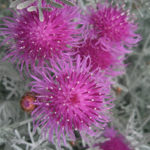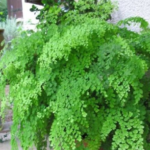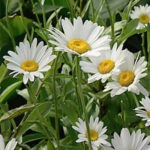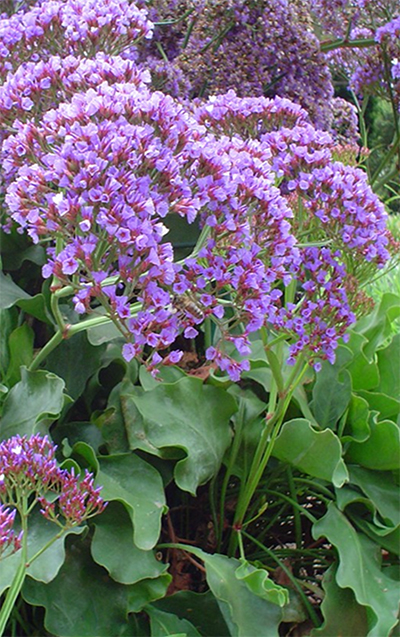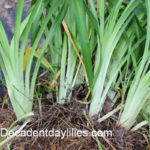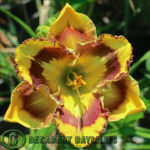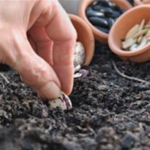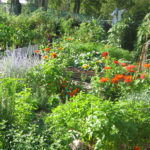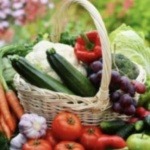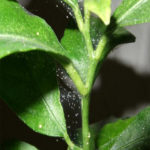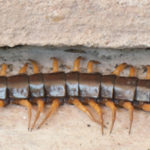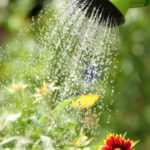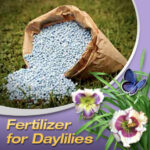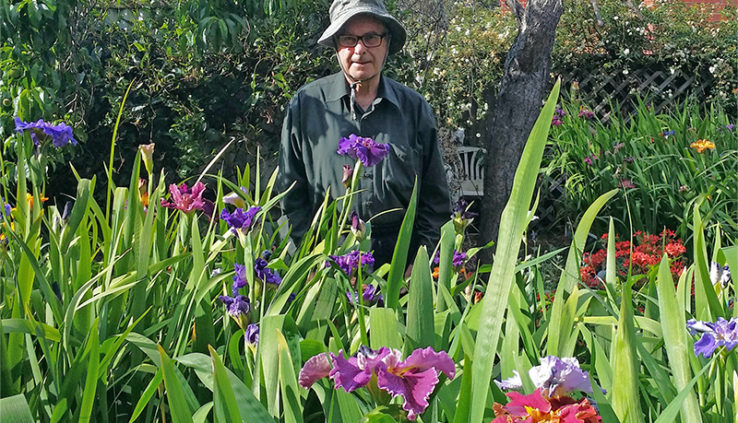
Louisiana Iris Seed Propagation
Louisiana Iris Propagation How to Grow Louisiana Iris From Seed
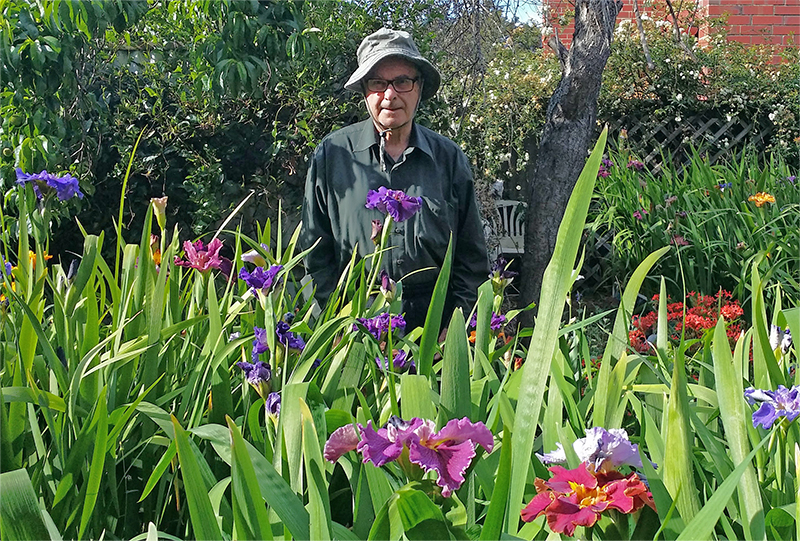 So you want to give it a try, you will be able to cut corners and not have to figure out the best way to prepare and propagate Louisiana Iris by seed to get the best possible germination rates. Seed pods may contain just a few seeds or many (even over 100 seeds). Plant as few or as many seeds as you choose, but remember, each seed potentially will provide a different flower, though seeds from the same pod may produce similar flowers.
So you want to give it a try, you will be able to cut corners and not have to figure out the best way to prepare and propagate Louisiana Iris by seed to get the best possible germination rates. Seed pods may contain just a few seeds or many (even over 100 seeds). Plant as few or as many seeds as you choose, but remember, each seed potentially will provide a different flower, though seeds from the same pod may produce similar flowers.
Preparing the Seeds
Before sowing the seeds in preparation of the seeds, some people peel the corky husk that looks like bread, off the seed while others soak them before planting.
I have for several years peeled the cork off the seeds and found it does reduce germination time, well not to a great degree. I don’t soak them as I have not found that improves germination.
I have experimented over the years using the methods suggested methods above but I find just by peeling the seed cork and planting very soon after harvesting, the fresh seed works well for me. If you let the seed dry out the natural inhibitors prevent early germination.
Planting the Seeds
To have success with pollination in spring, let the seed pods dry and ripen to a light brown colour before you collect the seed to plant. The first step to start the seeds, is to plant seeds in seed raising mix, or potting mix 2 cm deep. Its important to keep the seeds damp, then watch them grow. When individual seedlings have about four leaves, they can be transplanted to a small pot of their own, then again to larger pots or garden as needed. Be sure to keep a tag of the pod parent x pollen parent with each plant.
Tips Producing the Best Iris and Seeds
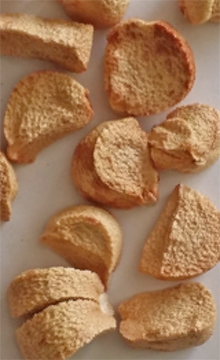 At times bees are busy in your garden, if growing Louisiana Iris in your garden you are likely to get seed pods. But if you would like to try for a particular colour line, or other feature, then you will need to manually cross pollinate.
At times bees are busy in your garden, if growing Louisiana Iris in your garden you are likely to get seed pods. But if you would like to try for a particular colour line, or other feature, then you will need to manually cross pollinate.
- Some knowledge of genetics (in relation to dominant and recessive colours for example) is helpful, but most decisions are made from observations.
- Start with newer varieties, and observe which ones produce better seedlings, colour lines that you would like to pursue and other qualities.
- Some varieties are more fertile than others, but other factors are more likely to affect the pollen ‘taking’.
- Pollen needs to be fresh (early morning is ideal time), no rain, no wind, no early morning appointments… . Many a hopeful cross has been lost due to adverse conditions.
- If hybridising for commercial growth, ideally you would look for colours that do not fade, substance should be firm so that blooms will remain strong.
- Form will depend on the recognised bloom types, but petals need to be relatively even.
- Bud placement is a consideration, but in any case, you would be looking for at least 4 bud positions on one stem, with two buds on the majority of positions.
- Some varieties are slower to increase than others, so if the plant doesn’t produce at least two increases each year, it’s possibly not worth keeping.
- Planting of seeds will not produce plants that are the same.
- New varieties are created by planting seeds from the seed pods that form after flowering.
Has all this put you off trying? Don’t let it, these are ideals to work for, and you can have fun along the way.
The other need is patience, because it does take time. From cross-pollination to first bloom takes several years, but your first blooms are exciting, then after a year or two you are hooked!
Click here to see my experience in breeding Louisiana Irises
Written by Peter and Pam Jackson



